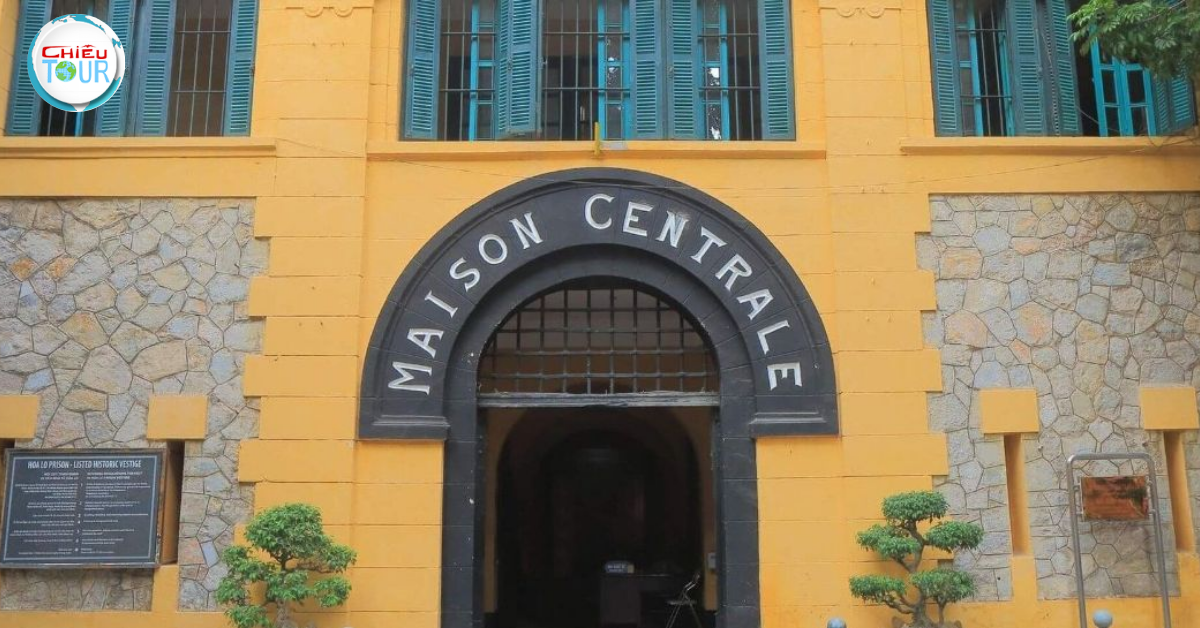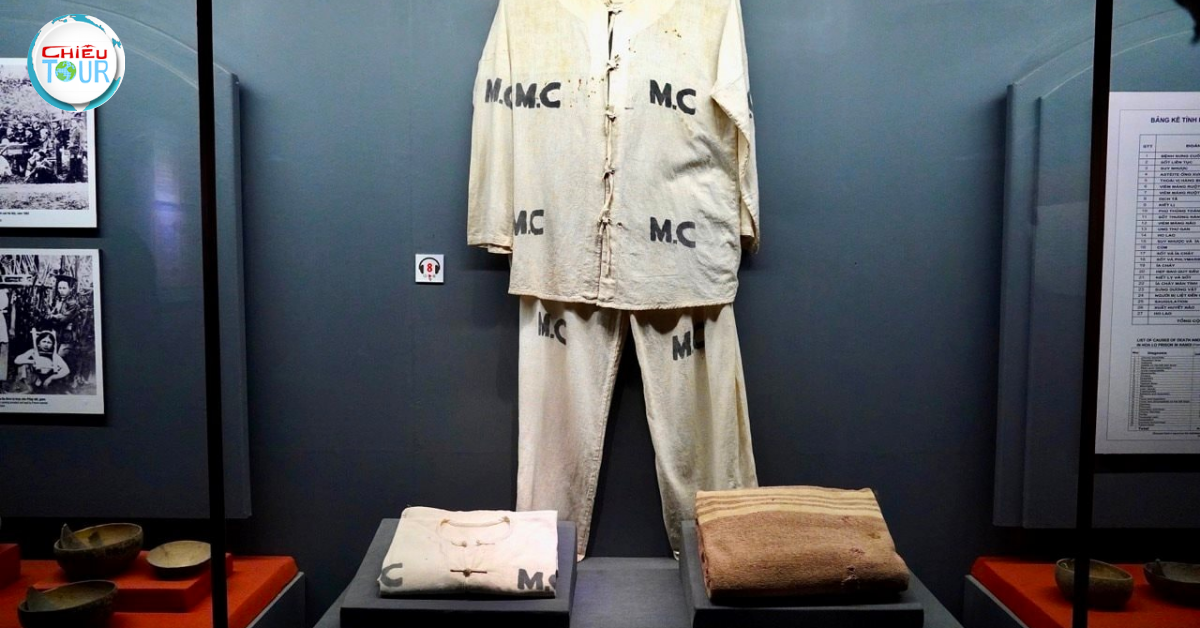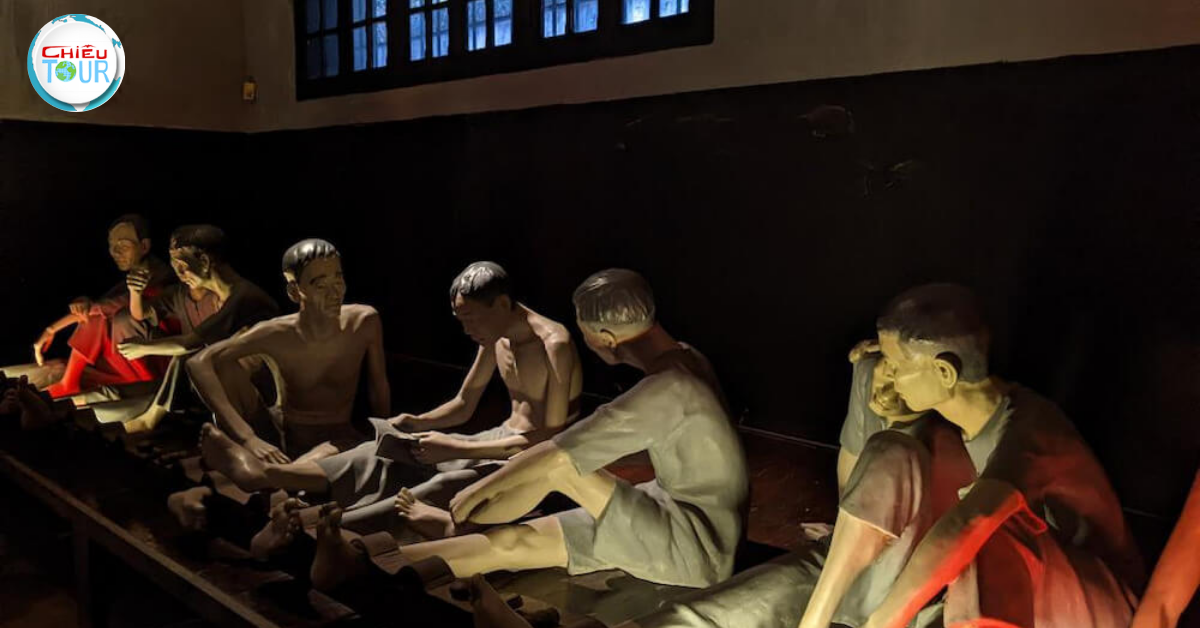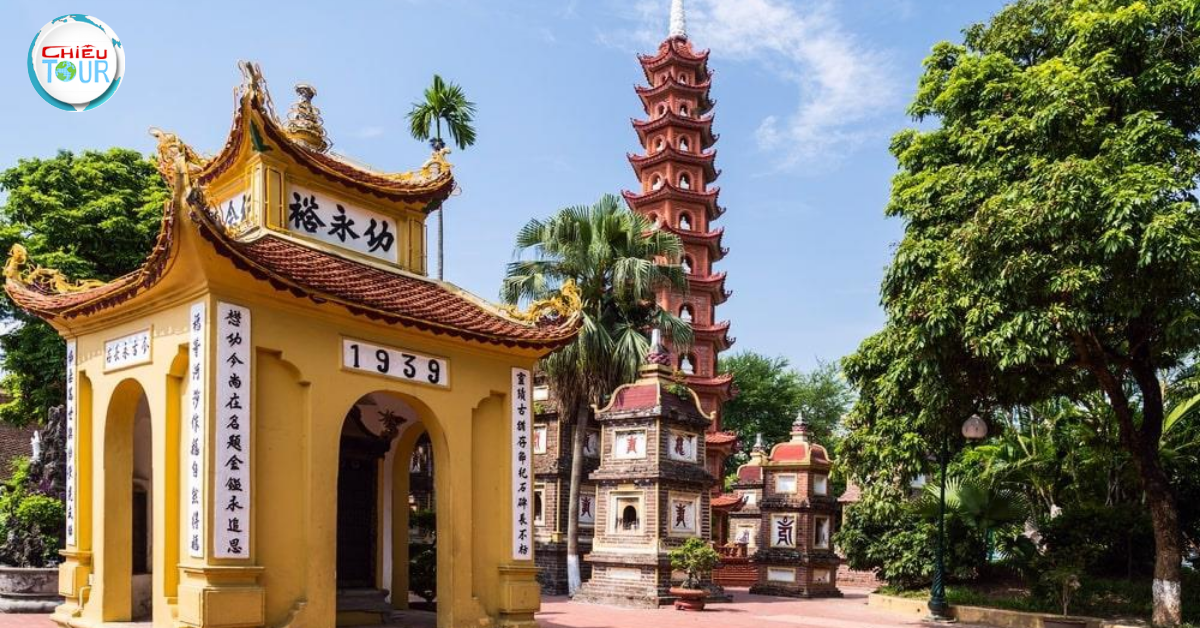The Hỏa Lò Prison in Hanoi
- Author: Admin
- | Hot destination
Where is Hỏa Lò Prison?
Locating Hỏa Lò Prison is straightforward, nestled right in the heart of Hanoi, Vietnam’s vibrant capital. The prison is easily accessible from various parts of the city, making it a convenient stop for tourists and locals alike.

Accessibility and Transportation Options
Visitors can reach Hỏa Lò Prison by several means of transportation. Taxis and ride-sharing services like Grab are widely available throughout the city, providing door-to-door convenience. Alternatively, for those who prefer public transport, buses offer an economical option, with several lines running close to the prison.
Moreover, the prison's central location means it's within walking distance from popular attractions such as the Hoan Kiem Lake and the Old Quarter. A leisurely stroll through the bustling streets will not only enhance your experience but also allow you to absorb the unique atmosphere of Hanoi.
Nearby Landmarks
While visiting Hỏa Lò Prison, consider exploring nearby landmarks that enrich your understanding of Hanoi's cultural and historical landscape. The Thang Long Water Puppet Theater is just a short walk away, offering traditional performances that showcase local folklore and artistry. Another notable site is St. Joseph's Cathedral, a stunning example of neo-Gothic architecture that stands as a testament to the French colonial influence on Hanoi.
Local Tips for Visitors
To make the most of your visit to Hỏa Lò Prison, it’s advisable to wear comfortable shoes, as you'll be walking through the prison complex and its exhibits. Additionally, arriving early in the day can help you avoid crowds and provide a more intimate experience as you reflect on the site's poignant history.

When does the historical site of Hỏa Lò Prison open, and what is the ticket?
Understanding the operational hours and ticketing details for Hỏa Lò Prison is essential for planning your visit.
Opening Hours
Hỏa Lò Prison is open every day of the week, welcoming visitors from morning until evening. These extended hours cater to both domestic and international tourists, ensuring that everyone has the opportunity to explore this significant historical site. It is advisable to check the official website or local resources for any holiday schedules or special events that may affect opening times.
Ticket Prices
Entry to Hỏa Lò Prison comes at a modest cost, aimed at making this insightful experience accessible to all. Ticket prices are typically affordable, allowing visitors to delve deep into the historical narrative without financial strain. Children, students, and seniors often enjoy discounted rates, further encouraging educational visits.
Guided Tours vs. Self-Guided Visits
While self-guided visits allow for personal exploration at your own pace, considering a guided tour can enhance your experience significantly. Knowledgeable guides offer context and stories that may not be apparent through the displays alone. They can shed light on the lives of the prisoners and the conditions they endured, providing a deeper appreciation for the significance of the site.
Things to know about the Hỏa Lò Prison site
The Hỏa Lò Prison site is rich in history and culture, encompassing layers of events that shaped Vietnam's struggle for freedom. Understanding its background and significance enhances the overall experience of visiting this historical landmark.

History of Hỏa Lò Prison
Hỏa Lò Prison was originally constructed in the late 19th century under French colonial rule. Its establishment was part of France's broader strategy to suppress resistance among the Vietnamese population. Initially designed to hold political dissidents, the prison became a notorious symbol of oppression.
As you explore the site, you’ll find remnants of the original structures, alongside detailed exhibits narrating the plight of Vietnamese prisoners. Many were subjected to inhumane conditions, forced labor, and brutal treatment. The walls of Hỏa Lò resonate with the cries of those who endured unimaginable hardships in their quest for freedom.
Transition Through Time
During the Vietnam War, Hỏa Lò underwent a transformation, as it began to host American prisoners of war. The contrast between the experiences of the Vietnamese political prisoners and the American soldiers highlights the complexities of wartime narratives. Exhibits featuring artifacts from this era, including personal belongings of the POWs, serve as a reminder of the human capacity for endurance and survival amid adversity.
Through captivating storytelling and historical photographs, the museum captures the emotions of individuals caught in the crossfire of political struggles. It's a humbling experience that encourages visitors to reflect on the cost of freedom and the relentless spirit of those who fought for their beliefs.
Architecture and Design
The architectural design of Hỏa Lò Prison itself tells a story. Originally intended to instill fear, the prison's layout featured small, dark cells, many with little ventilation and minimal light. The oppressive structure adds to the chilling atmosphere, allowing visitors to experience firsthand the claustrophobic conditions faced by inmates.
As you wander through the prison, pay attention to the details—the rusted bars, the thick stone walls, and the dimly lit hallways. Each element contributes to the overarching narrative of suffering and injustice. Personal reflections on the design can invoke feelings of empathy and connection to the past.
The giant guillotine - the terror of every prisoner
Among the many harrowing elements housed within Hỏa Lò Prison, the giant guillotine stands out as a haunting symbol of the extreme measures taken against dissenters. This grim instrument was utilized during the French colonial period, and its presence serves as a stark reminder of the violent repression faced by those who dared to resist.
The Role of the Guillotine in Colonial Rule
The guillotine was employed as a method of execution for political prisoners, signifying the lengths to which the colonial authorities would go to maintain control. Its association with fear and punishment made it a powerful tool for instilling compliance among the populace.
When examining the guillotine, one can’t help but contemplate the lives lost and the families shattered by such brutality. The stories behind individual executions add a deeply personal layer to the museum's offerings. Exhibits detail the circumstances surrounding these tragic events, illuminating the risks taken by those who stood up against tyranny.

Symbolism and Legacy
Beyond its physical presence, the guillotine carries a heavy symbolic weight. It represents the struggle for justice and the sacrifices made in pursuit of freedom. In the context of Hỏa Lò Prison, it serves as a poignant reminder of the resilience of the human spirit.
Visitors often report feeling a mix of emotions as they confront the reality represented by the guillotine. Reflecting on the broader implications of its use ties back to contemporary discussions around justice, governance, and the importance of human rights. It ignites conversations about the responsibilities of society to remember and learn from the past.
Contemporary Reflections
Today, the giant guillotine acts as a focal point for discussions surrounding Vietnam’s history. As visitors engage with this artifact, it sparks dialogues about the nature of power and authority in any society. The lessons gleaned from the past urge us to remain vigilant against injustices that persist in various forms around the globe.
The legacy of Hỏa Lò Prison continues to shape Vietnam’s national identity, influencing how history is remembered and taught. By confronting the darker aspects of the past, the museum provides a space for healing and reflection, contributing to a more nuanced understanding of peace and reconciliation.

Conclusion
Exploring the Hỏa Lò Prison in Hanoi is not merely a journey through a historical site; it is an emotional pilgrimage through the intertwined destinies of countless individuals who endured immense suffering in pursuit of justice and freedom. From its poignant history to the haunting imagery of the giant guillotine, Hỏa Lò serves as a reminder of the resilience of the human spirit and the importance of remembering our past.
As visitors walk through the prison's cold corridors and contemplate the stories that echo within its walls, they are encouraged to reflect on the fragility of freedom and the ongoing struggles faced by many around the world. Ultimately, Hỏa Lò Prison stands not just as a monument to pain but also as a beacon of hope, urging future generations to honor the sacrifices made by those who came before them.
 Vietnam
Vietnam 





